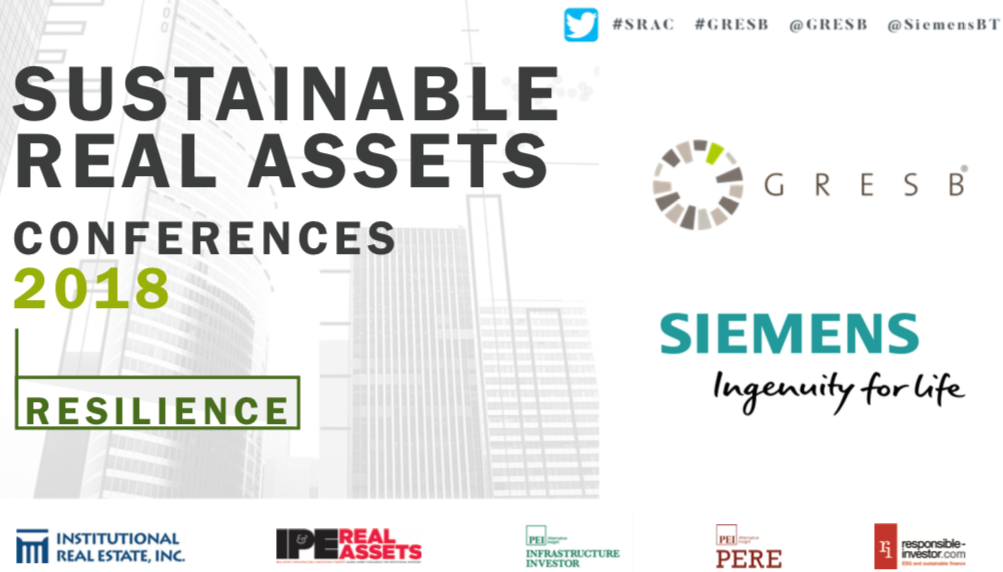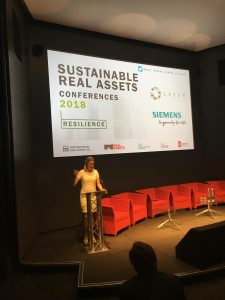
I was listening to an episode of The Compass Podcast on BBC World Service called My Perfect Country. The episode was about Cuba and its policy for surviving hurricanes:
“It has been a cornerstone of their government for decades – at the heart of the model is the promotion of local level decision-making that relies on co-ordinated early warning systems, high-quality weather forecasting and community preparedness. Most notably, when disaster hits, every Cuban at every level of society has a role to play.”
One of the analysts on the show was very particular about not calling hurricanes and similar weather events “natural disasters”. He argued that a hurricane is just a natural event. It is rather our preparedness, or lack thereof, which leads to disaster.

I think this is what is at the heart of “Resilience”—our ability to deal with and adapt to changes, shocks and extreme events, without them becoming disasters. Or as defined for the real estate and infrastructure sectors in GRESB’s Resilience Module: “The capacity of companies and funds to survive and thrive in the face of social and environmental shocks and stressors. See the full definition here.
Resilience is the theme of the 2018 GRESB | Siemens: Sustainable Real Assets Conference series, being held in London, Washington DC and Sydney. The London edition of the Sustainable Real Assets conference took place on April 25 and brought together some of the foremost industry experts on resilience and sustainability.
Here are 7 takeaways from the event that resonated with me:
- The goal of resilience is to protect the value of assets. It’s about business continuity and requires planning for the long term. A big component of resilience is time horizon.
- New frameworks for scenario planning are needed to compliment risk assessment tools. The goal is to translate these scenarios (eg. climate scenarios) into active asset management.
- In order to move toward resilience we have to build social acceptance, because this is about building a new world and changing the paradigm. We have to involve policy-making, private sector and citizens. A broad acceptance and involvement will only be possible if we distribute the benefits of building for resilience.
- There is no end point in resilience, or an asset that is resilient. Only one than is more resilient than another, or than it was in the past. Resilience is a process.
- Resilience issues are dependent on the geographic location of an asset as well as the social and economic features of the region. The ability to involve local asset managers and combine data on physical risks with social and economic factors is key to ensuring the analysis is relevant to a specific asset.
- Many organizations are already taking actions that fall under the umbrella of resilience – they just may not be using the vocabulary yet. In order to get the right buy-in at an organization shifting resilience issues into the financial realm is key.
- Government has a role to play, but the public sector can’t be relied upon to bring about a resilience revolution.
Thank you to Siemens for hosting us at the Crystal. Thank you to our media partners and thanks to all the presenters for the great presentations.
If you missed it, review the presentations on Slideshare.
There’s still time to join our Washington DC and Sydney events.


